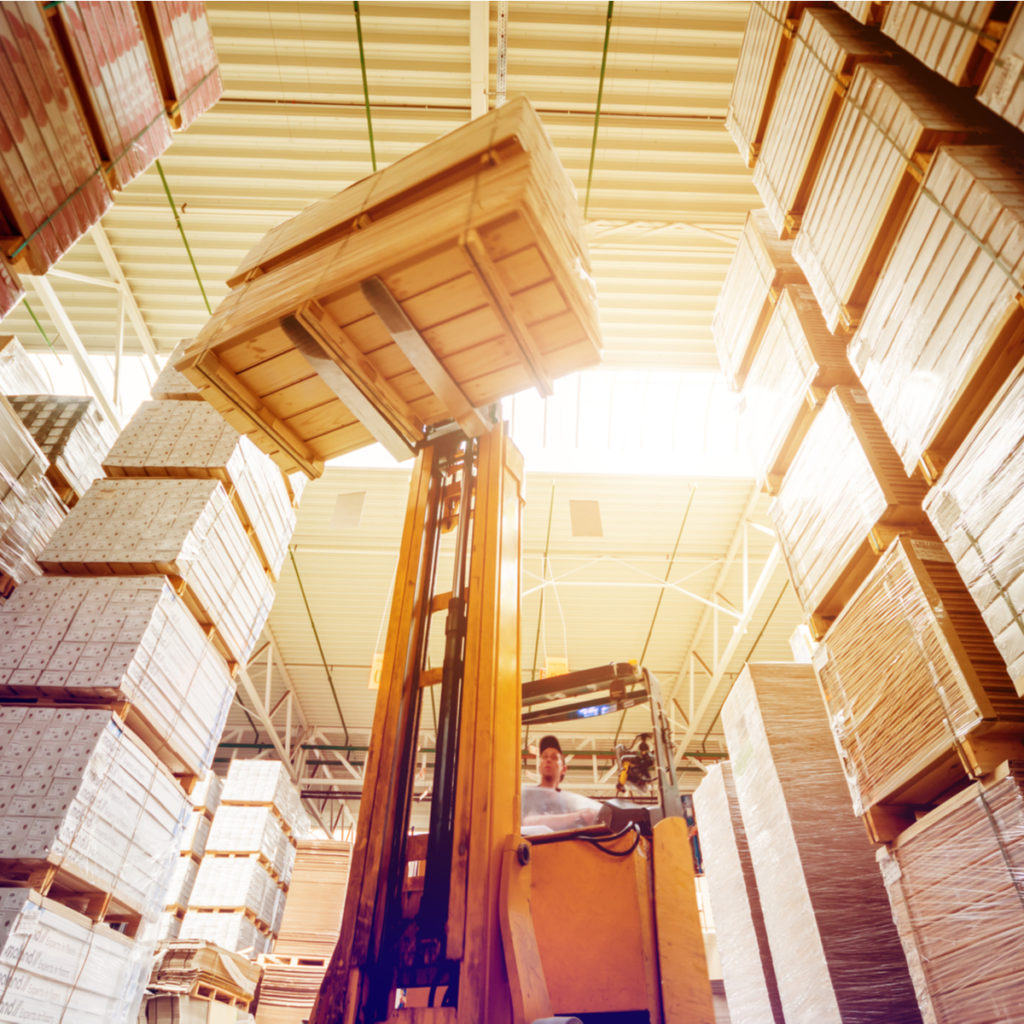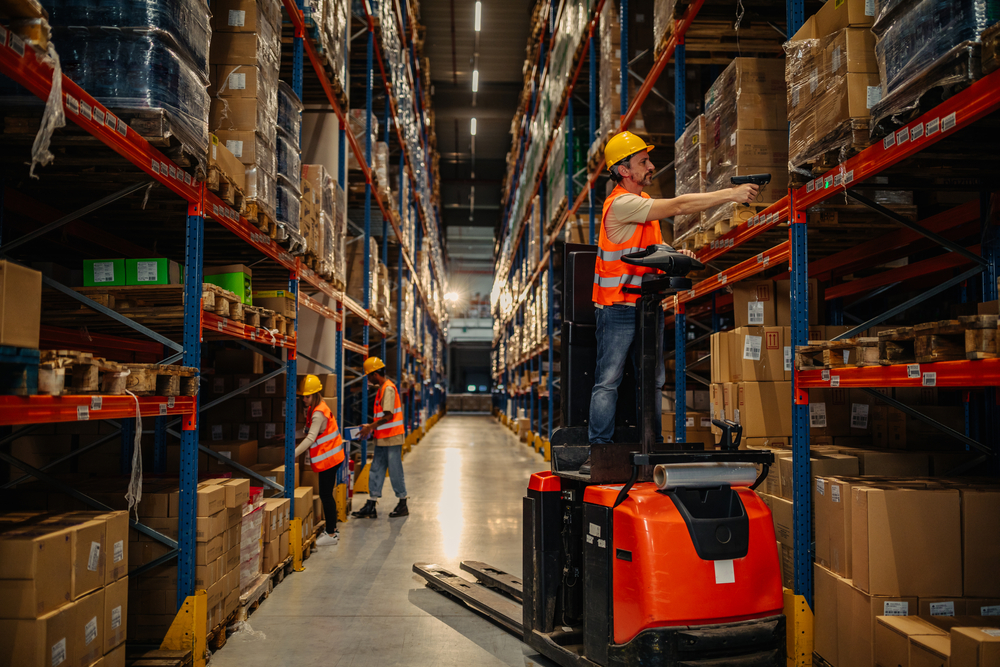Sit Down vs Stand Up Forklifts: Which Is Best for Your Workplace?
Posted by: admin on March 27, 2025
 Choosing the right forklift model impacts far more than daily operations. It shapes operator comfort, warehouse efficiency, and even overall safety outcomes. Facilities seeking to optimize performance must first determine whether a sit down forklift or a stand up forklift better matches their environment. For any warehouse, manufacturing site, or logistics hub, properly matching equipment to conditions makes a measurable difference. To strengthen your operator skills regardless of forklift type, consider sit down vs stand up training and certification to boost safety and compliance.
Choosing the right forklift model impacts far more than daily operations. It shapes operator comfort, warehouse efficiency, and even overall safety outcomes. Facilities seeking to optimize performance must first determine whether a sit down forklift or a stand up forklift better matches their environment. For any warehouse, manufacturing site, or logistics hub, properly matching equipment to conditions makes a measurable difference. To strengthen your operator skills regardless of forklift type, consider sit down vs stand up training and certification to boost safety and compliance.
What Is a Sit Down Forklift?
Sit down forklifts feature a traditional seated operator compartment with a steering wheel and hydraulic control levers. Designed for longer shifts, these forklifts offer enhanced comfort for operators managing extended loading or hauling tasks. Common sit down forklift uses include transporting goods across warehouses, unloading freight containers, and stacking pallets in distribution centers. Operators favor sit down models when longer travel distances and heavier loads demand a steady, ergonomic ride. However, these forklifts require more space to maneuver and are slower for frequent mount-and-dismount tasks.
What Is a Stand Up Forklift?
Stand up forklifts, often called electric riders or stand-ons, position the operator sideways within the truck for maximum visibility. Drivers control the machine using a joystick or multi-function control arm instead of a steering wheel. Stand up forklifts excel in environments with narrow aisles, tight spaces, and high traffic zones. Industries like beverage distribution, retail warehousing, and light manufacturing frequently use stand up forklifts. Although they promote quick entry and exit, stand up forklifts introduce a steeper learning curve and potential fatigue over long shifts.
Sit Down vs Stand Up Forklifts: Key Differences
| Feature | Sit Down Forklift | Stand Up Forklift |
| Comfort | Higher for long shifts | Lower over time |
| Maneuverability | Larger turning radius | Excellent for tight spaces |
| Operator Movement | Slower (seatbelt use) | Fast on/off transitions |
| Terrain Handling | Good for uneven surfaces | Better for smooth floors |
| Cost | Typically higher for heavy-duty models | Lower for electric versions |
Understanding the physical layout, task demands, and daily operational patterns helps businesses make the right forklift investment.
When to Choose a Sit Down Forklift
Choose a sit down forklift when your work environment involves:
- Uneven outdoor surfaces or rough warehouse flooring
- Heavy loads requiring greater lifting capacities
- Longer driving distances inside or between buildings
- Extended shifts where operator comfort matters most
Industries that favor sit down forklift uses include manufacturing, industrial equipment supply, freight distribution, and wholesale storage operations.
When to Choose a Stand Up Forklift
Choose a stand up forklift when operating in:
- Crowded warehouses with narrow aisles and high racking
- Environments requiring frequent direction changes or reverse driving
- Short distance indoor travel zones

- Jobs where quick mounting and dismounting improves efficiency
Stand up forklift advantages shine in grocery warehouses, beverage distributors, retail chains, and fast-paced fulfillment centers.
Stand Up Forklift Advantages and Disadvantages
Advantages:
- Faster dismount and remount times
- Superior maneuverability in confined spaces
- Improved operator visibility while driving in reverse
Disadvantages:
- Increased operator fatigue during long shifts
- Higher learning curve for joystick-style operation
- Less suited for uneven surfaces or outdoor travel
Sit Down Forklift Uses and Advantages
Advantages:
- Enhanced comfort for multi-hour shifts
- Stronger load capacities and greater stability
- Safer navigation over ramps, bumps, and outdoor surfaces
Disadvantages:
- Larger turning radius restricts maneuverability indoors
- Time lost to frequent seatbelt fastening and dismounting
FAQs About Sit Down and Stand Up Forklifts
Is a sit down forklift safer than a stand up forklift?
Safety depends on the environment. Sit down forklifts handle slippery or uneven surfaces better, while stand up forklifts minimize collision risks in tight warehouse spaces.
Which forklift is easier for beginners to learn?
Beginners often find sit down forklifts easier due to familiar steering wheel controls compared to joystick-operated stand up models.
Can sit down forklifts work outdoors better than stand up forklifts?
Yes. Sit down forklifts perform better on outdoor yards, construction sites, and uneven surfaces compared to stand up versions.
Does a stand up forklift require a seatbelt?
Stand up forklifts generally do not require seatbelts, as their design allows the operator to step clear quickly in an emergency.
Get Forklift Certified for Any Model with CertifyMe
CertifyMe makes forklift certification simple, affordable, and OSHA-compliant. Whether operating a sit down forklift or mastering the advantages of a stand up forklift, our online training programs cover all major models and workplace safety standards. Employees can access 24/7 training, complete certification in under an hour, and benefit from free three-year renewals. Stay safe, efficient, and compliant—start forklift certification training today with CertifyMe.
Welcome to CertifyMe.net
CertifyMe.net has offered online forklift certification since 1999. With Our Convenient online program. your employess can earn their certification in an hour or less.
Browse Online Certifications:
This low-cost program can be compeleted anytime, anywhere!






